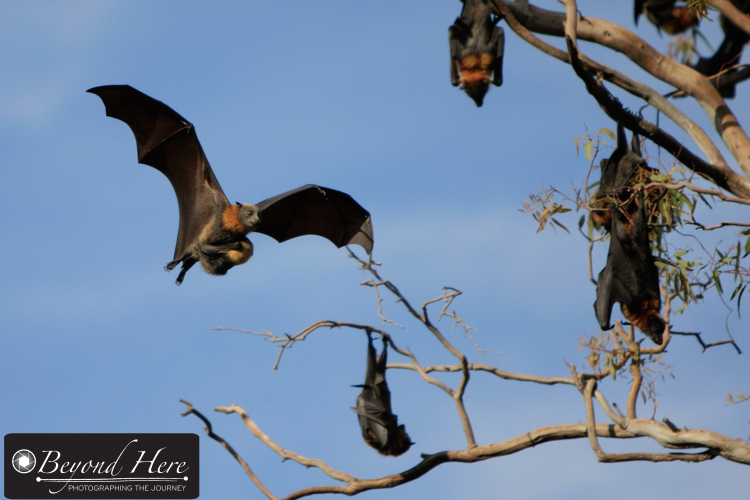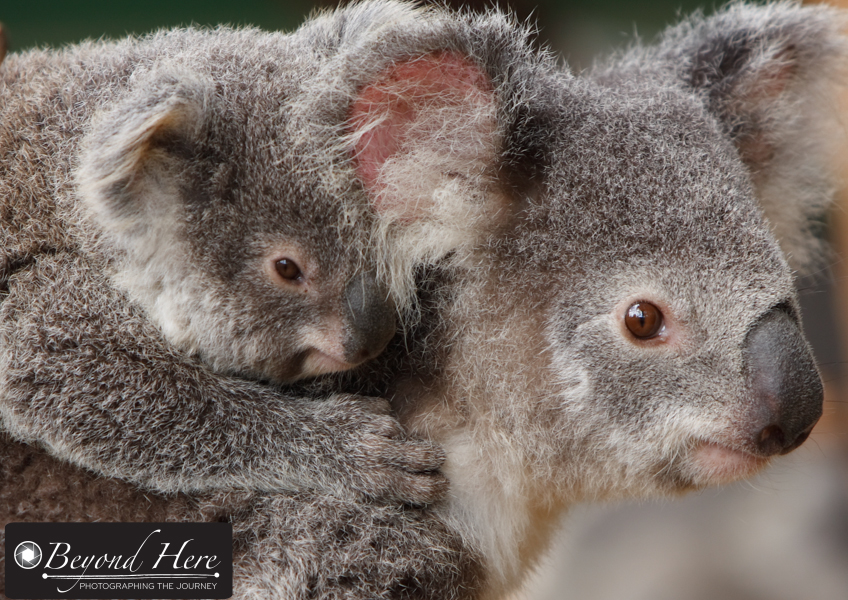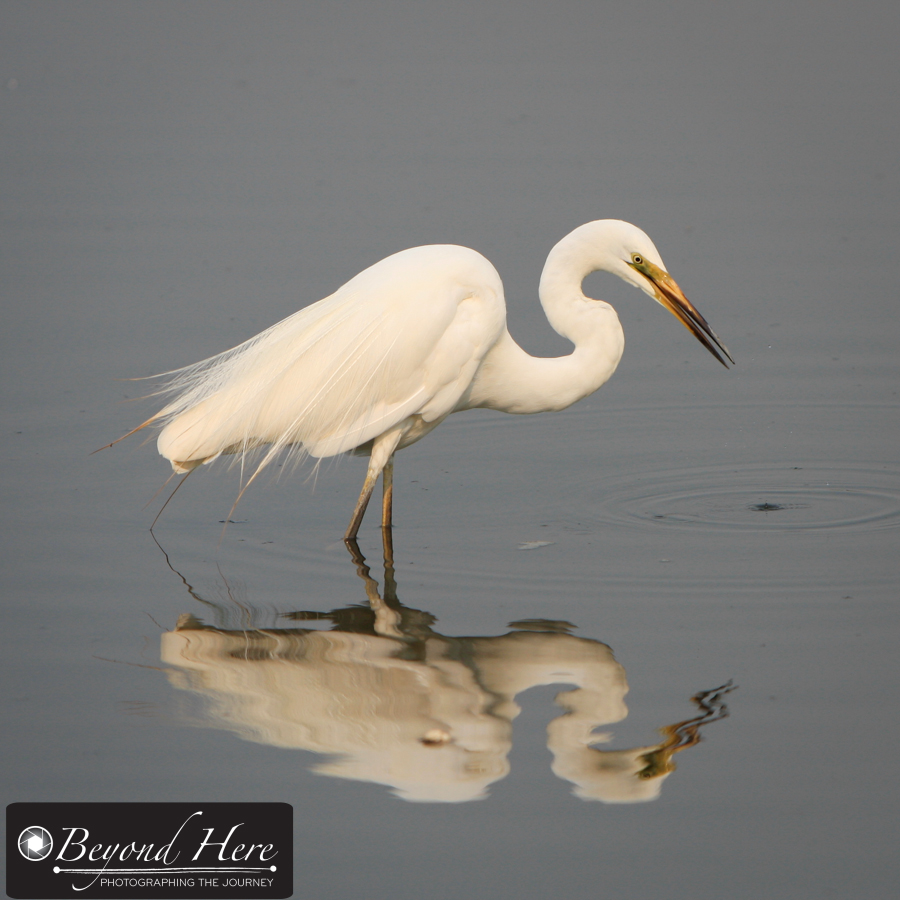Today’s post is about some of my home town favorites – special places in Melbourne, Australia that offer great opportunities for a photographer. Melbourne is a super place to live with lots of very good photography spots. It was hard to limit it to 5 places – but maybe I’ll write another post with another 5 one day. So, where are my home town favorites?
Melbourne is known for hosting great sporting events (among other things!) There is:
- Melbourne Cricket Ground which hosts cricket test matches and AFL football
- Etihad Stadium which hosts AFL football, and occasional soccer, rugby, rugby league games
- Rod Laver Arena which hosts the Australian Open Tennis tournament every January, and
- Albert Park Lake which the Australian Grand Prix races around
But none of those places have made this list of my home town favorites. So what has made the list?
Brighton Beach. Brighton is a well known suburb next to the beach in the city’s south east. It is well known for the colorful bathing boxes along the beach. They are great to photograph particularly at sunrise and sunset. They can also look great during a storm. As well as the bathing boxes, the beach provides great photo opportunities. I particularly like sunset in the summer time. Low tide can mean great silhouettes of people walking on the beach with the sun setting behind them.
Yarra Bend Park. This large park area is just 4 kilometers from the city center. It is an extensive area which includes picnic areas, walking tracks, and a golf course. There is a road through the park area, and car parking available. At one spot, there are great views back to the city. On most evenings in the summer you will find people have stopped to see sunsets like this.
Yarra Bend Park. Yes, Yarra Bend Park again! It is a big park area. On one side are views of the city, and in another area is the Yarra River. Here you can see these spectacular flying foxes. There is a very large colony of them. This place featured in a previous post called Favorite Wildlife Photography Locations.
City walks along the Yarra River. The Southbank area next to the Yarra River is a great place to shop, walk, and eat. There are a large range of good restaurants, coffee shops and places to relax near the river. For the photographer, there are also great views of the city buildings. Take a walk anywhere from South Wharf right through to the Melbourne Cricket Ground. Both sides of the river provide great views, with several bridges to go across when you are ready.
Wedding Venues. Melbourne is blessed with some lovely wedding venues. Some of my favorites are in the Yarra Valley and Dandenong Ranges which highlight beautiful bushland just outside the main city areas. But my (current) favorite wedding venue is an inner city venue – St Michaels Church on Collins St. I shot a wedding there in October 2013 and it offers so many options in close proximity. The church itself is a magnificent building. Within a short walking distance are inner city laneways, classic tramways, parliament building, funky coffee shops and restaurants, the Yarra River, Federation Square, and Flinders Street Station. This shot is taken just behind the church. Melbourne’s famous weather added the light rain which helped reflect the brides dress. Nice one!
These are my home town favorites. Do you have home town favorites to share?

























